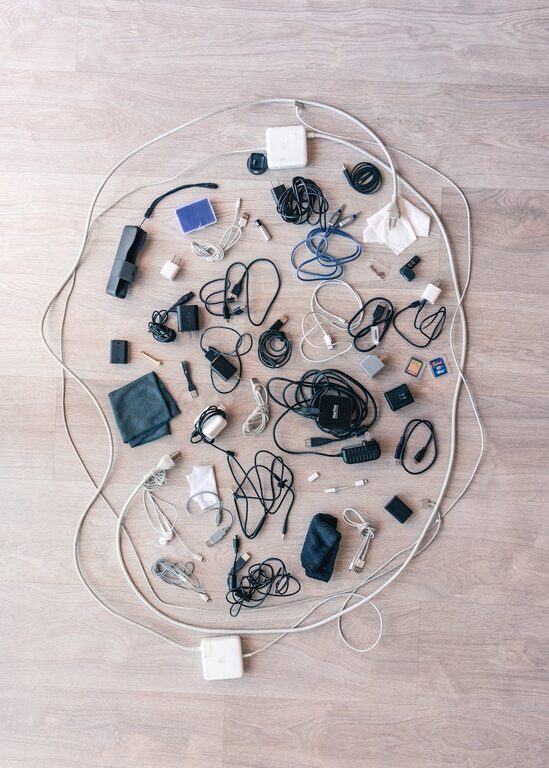Keeping cables and chargers tidy can feel like a never-ending battle. With so many devices charging daily, tangled cords and clutter often take over desks, drawers, and living spaces. Fortunately, organizing cables doesn’t have to be complicated or expensive. In this post, we’ll explore practical ways to manage your cables and chargers neatly, making your space more functional and visually pleasing.
Why Organize Cables and Chargers?
Before diving into the methods, it’s helpful to understand why cable organization matters:
– Reduces clutter: Tangled cords create a messy environment that can be frustrating.
– Prevents damage: Properly stored cables last longer by avoiding bending or fraying.
– Saves time: Easily find the right charger or cable without digging through a pile.
– Improves safety: Reduces trip hazards and accidental unplugging.
Now, let’s look at how to get your cables under control.
Sort and Declutter First
1. Gather All Your Cables and Chargers
Start by collecting every cable, charger, and adapter from around your home or workspace. Include device-specific chargers (phones, tablets, laptops) and general cables (USB, HDMI, power cords).
2. Identify and Sort
Sort cables by type or device category. For example:
– Phone chargers
– Laptop chargers
– Audio cables (headphones, speakers)
– Power strips and extension cords
3. Declutter Unused or Damaged Items
Throw away or recycle cables that are broken or no longer needed. Keeping only what you use simplifies storage and reduces clutter.
Choose Your Organization Method
1. Use Cable Ties and Wraps
Simple and inexpensive, cable ties help bundle cords neatly:
– Velcro straps: Reusable and gentle; perfect for cables you unplug regularly.
– Plastic zip ties: More permanent but less flexible for frequent use.
– Twist ties: Good for temporary organization.
Wrap each cable individually or group similar cables together to avoid tangles.
2. Label Your Cables
Use labels or masking tape with a marker to identify cables. This is especially useful for similar-looking chargers or cables of different lengths.
3. Store Cables in Containers or Drawers
Designate a drawer, box, or organizer for cable storage:
– Use small containers or zippered pouches for individual cables.
– Repurpose muffin tins or ice cube trays to keep cables separated.
– Stackable plastic organizers with compartments keep cables visible and accessible.
4. Use Cable Organizers and Holders
There are many tools designed specifically for cable management:
– Cable clips: Stick to desks or walls to hold cords in place.
– Cable boxes: Hide power strips and excess cords.
– Cord winders: Rewind cables into compact shapes to prevent tangling.
Choose the ones that best suit your space and needs.
Keep Cables Accessible and Tidy While in Use
1. Create a Charging Station
Set up a dedicated charging area using a tray or multi-port charger to keep all chargers in one spot. This reduces clutter and prevents cords from spreading throughout your room.
2. Route Cables Smartly
Use cable clips or adhesive cable channels to route cords neatly along furniture edges or walls. This keeps cables off the floor and out of sight.
3. Prevent Slipping
If your charger or devices tend to slide around, use non-slip mats or pads on your desk or shelf.
Tips for Traveling with Cables
Organizing cables on the go can also save headaches:
– Use small cable pouches or cases with compartments.
– Wrap cables with reusable ties.
– Pack cables according to device type for easy access.
Maintain Your Cable Organization
Organization works best with regular upkeep:
– Review cables monthly and remove unused ones.
– Immediately put cables back in their designated containers.
– Replace damaged cables promptly to maintain safety and usability.
Final Thoughts
Neatly organized cables and chargers can greatly improve your workspace and living areas. By sorting, labeling, and storing cords properly, you’ll save time, avoid damage, and keep your environment clutter-free. Start small by tackling one drawer or workspace, then expand your system as needed.
With these practical tips, managing your cables becomes an easy and rewarding task — freeing you up to focus on what really matters. Happy organizing!


